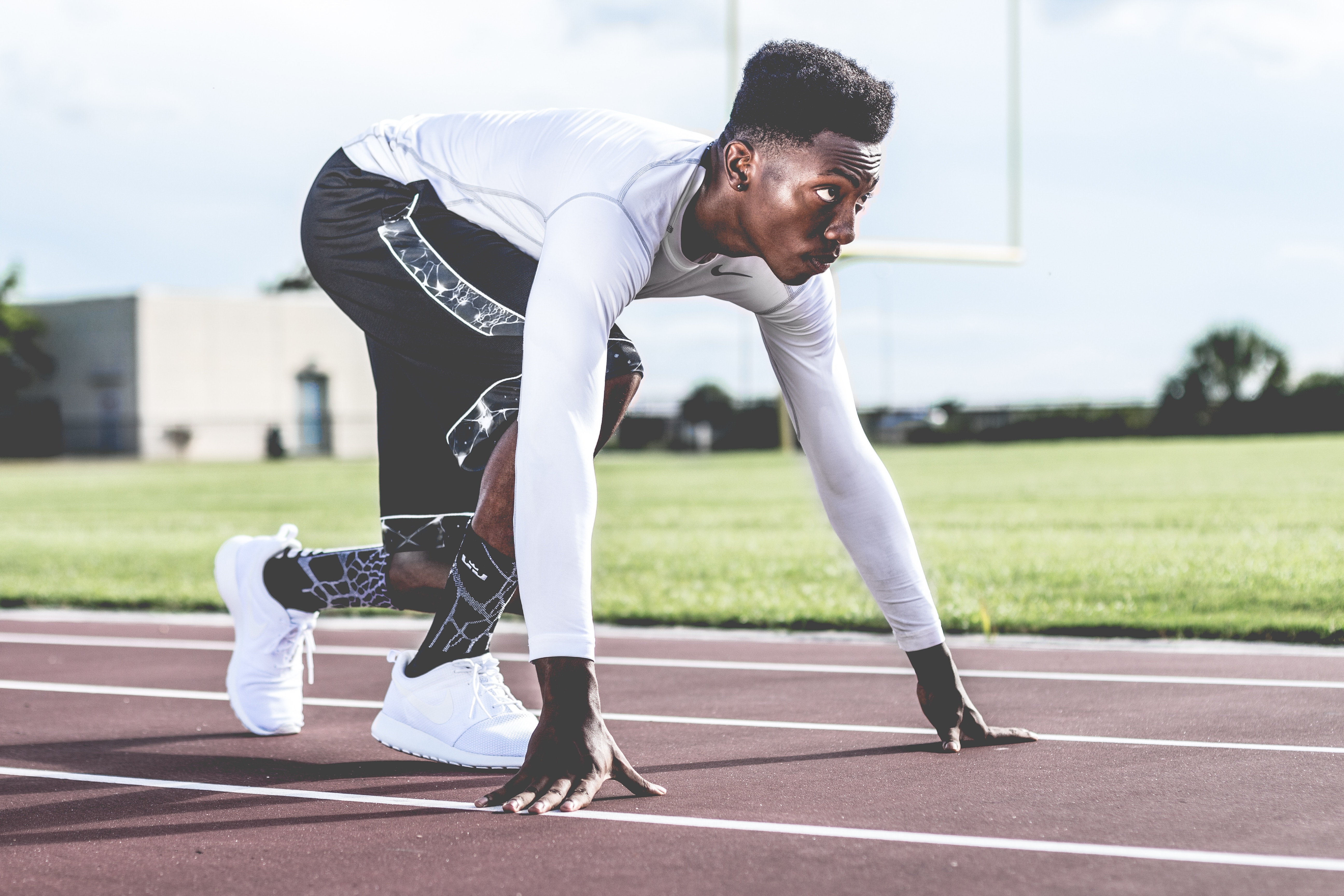
Features
Programs
Wellness
Minimizing injuries in sport: 5 types of massage that will help
An athlete's body is regularly subjected to impact and trauma, which in the long run can lead to injury.
June 20, 2018 By Alayna Beatrice

We mentioned in a previous article how Canada is the only country in the world with a dedicated sport massage association. Advances in sports science is changing the way athletes rehabilitate from injury and even helping some professionals extend their careers. In this article we look at the different types of massage offered by therapists across the country, and how they help with injury prevention and healing.
Rolfing
Developed in the 1920s by New York biochemist Ida Rolf, the therapy is used for treating chronic injuries, through a holistic whole-body approach. Dr. Rolf believed that imbalances in the body’s skeletal structure, partially due to gravity placed demands on connecting soft tissue, led to it being more prone to injury. Rolfing involves a structural integration technique, which focuses primarily on manipulating the fascia to promote better balance and alignment in the body. This allows it to heal more effectively and better prevent injury.
Shiatsu
Another holistic whole-body therapy, Shiatsu is translated as “finger pressure,” indicative of how the massage is performed. It is excellent for both injury treatment and prevention, and also helps improve sleep. It uses traditional acupuncture points and concentrates on unblocking the flow of energy to restore balance in the vital organs, align the body and promote self-healing. It also promotes joint lubrication so athletes can perform at their peak. When the body is properly aligned, it functions optimally which helps prevent non-contact injuries.
Deep Tissue
Also known as a sports massage, it is a deep-tissue, deep-muscle massage, designed to reach the sub-layer of the musculature and fascia. The therapy deals with sports specific issues and injuries. Therapists are adept at finding unique trigger points based on the athlete’s sport. This type of massage can help with chronic muscular pain as well as injury rehabilitation. As it reduces inflammation caused by arthritis and tendinitis, it helps prevent future injury by ensuring an athlete doesn’t compensate for an injured area by overworking another part of the body.
Active Release Treatment
Also known as ART, the technique is an intense active movement-based massage which promotes faster recovery from injury, restores normal tissue function and also prevents injury, according to Competitor Running. ART concentrates on removing scar tissue caused by acute trauma or soft tissue tears and pulls. When untreated, scar tissue can tighten muscles and reduce mobility leading to more injury. While it’s an aggressive and sometimes painful form of treatment, runners, NFL players, and Olympians swear by it.
Swedish Massage
Known as a lighter more fluid massage technique that uses muscle kneading and rolling, Swedish massage provides a relaxing sensation and creates a healing hormone response in the body. It has been shown that the stress hormone cortisol is major factor in preventing muscle and soft tissue from healing, and as such, this type of massage greatly reduces cortisol to promote healing and improve immune functions.
Rehabilitation and injury prevention has come a long way in the past few decades through advances in therapy and massages found in professional sports. Receiving proper treatment in conjunction with advanced sports science techniques, is able to not only help athletes recover from injury, but also allow them to continue performing at the highest level. Anyone serious about exercise or sport should make massages a top priority.
Print this page